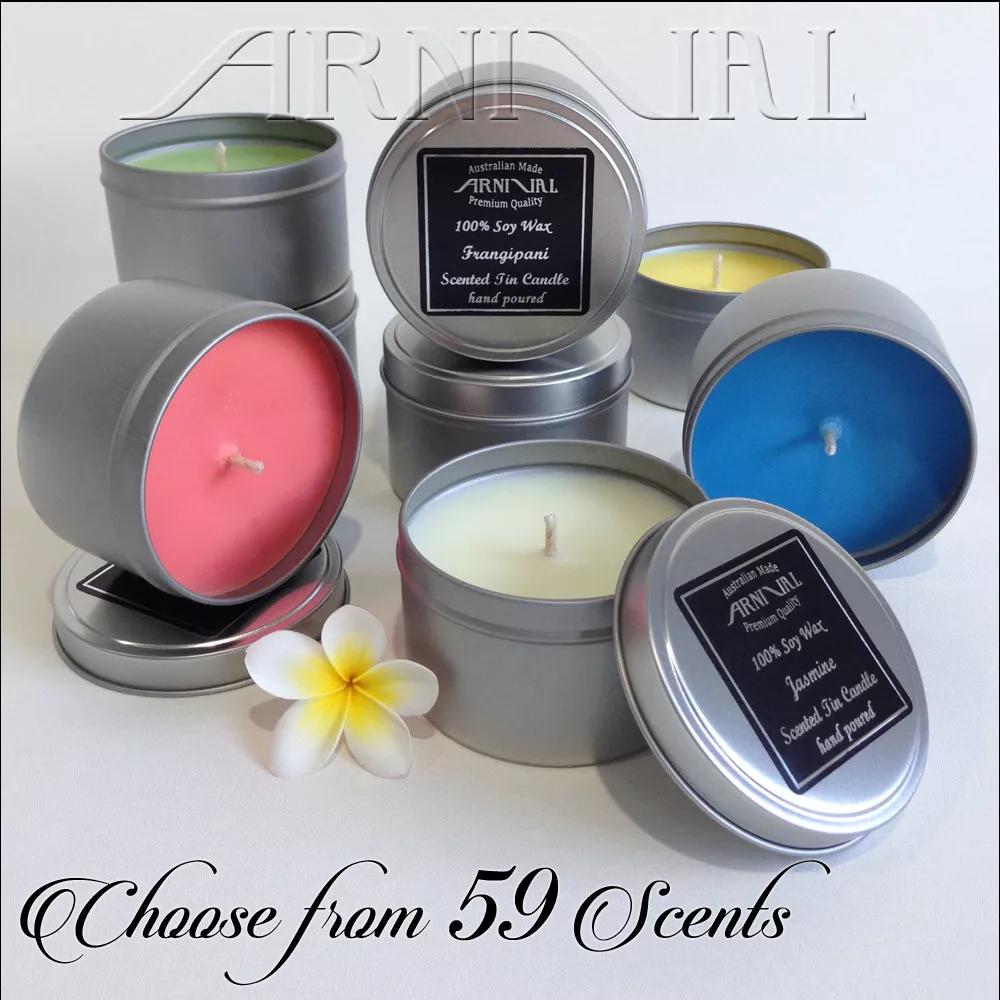Instill Your Home with the Aroma of Crystal Soy Candles and Home Fragrance
From Wick to Wax: Understanding the Chemistry Behind Soy Wax Candles and Their Environmental Influence
As we brighten our areas with the warm glow of candle lights, there exists a world of detailed chemistry behind the relatively straightforward act of lighting a soy wax candle. Join us as we unravel the scientific ins and outs behind soy wax candles and explore their implications on our atmosphere.
Soy Wax Vs. Paraffin Wax
When contrasting soy wax and paraffin wax for candle light production, it is necessary to comprehend the unique attributes and benefits of each material. Soy wax is an all-natural, renewable source stemmed from soybean oil, making it biodegradable and eco-friendly - soy wax candles. On the other hand, paraffin wax is a result of petroleum refining, which elevates worries regarding its environmental effect and sustainability
Soy wax candles shed cleaner and produce much less residue contrasted to paraffin wax candles, making them a much healthier selection for indoor air top quality. In addition, soy wax has a reduced melting point, permitting a longer-lasting candle that spreads fragrance much more effectively. Paraffin wax, on the various other hand, tends to melt faster and much less cleanly, potentially launching harmful chemicals right into the air.
From a sustainability perspective, soy wax is favored for its biodegradability and sustainable sourcing, aligning with the growing customer preference for ecologically conscious products. While paraffin wax has actually been a typical selection in candle light making because of its cost and convenience of use, the shift towards environmentally friendly options like soy wax is gaining momentum in the industry.
Chemical Composition of Soy Wax

Burning Refine in Soy Candles
The chemical composition of soy wax straight affects the combustion procedure in soy candles, influencing variables such as shed time, scent release, and ecological effect. When a soy candle light is lit, the warmth from the fire melts the wax near the wick. This liquid wax is after that prepared the wick due to capillary action. As the liquid wax gets to the fire, it undertakes and evaporates burning. The burning process involves the vaporized hydrocarbons in the wax responding with oxygen airborne to generate warmth, light, water vapor, and co2.
The burning efficiency of soy candles is influenced by the pureness of the soy wax and the quality of the wick. A clean-burning soy candle light with an effectively sized wick will minimize and generate a constant fire residue development. This not only extends the burn time of the candle light candles yet likewise boosts the release of fragrances. Additionally, soy wax candle lights have a reduced environmental impact compared to paraffin candle lights because of their sustainable and eco-friendly nature.

Environmental Benefits of Soy Wax

Considered a lasting choice to typical paraffin wax, soy wax supplies significant ecological benefits that make it a prominent selection amongst eco-conscious consumers. Soy wax burns cleaner and produces much less soot than paraffin wax, contributing to better indoor air high quality and decreasing the requirement for cleansing and upkeep. Overall, the ecological advantages of soy wax straighten with the growing need for eco-friendly and sustainable items in the market.
Recycling and Disposal Factors To Consider
Recycling and appropriate disposal of soy wax candle lights play an important duty in keeping ecological sustainability and lowering waste in neighborhoods and homes. The initial step is to make certain that the candle has actually melted totally when it comes to reusing soy wax candles. This can be accomplished by allowing the candle light to burn up until the wick is no longer useful, and after that letting the continuing to be wax cool and strengthen. As soon as the wax has actually strengthened, it can be thoroughly removed from the container.

In terms of disposal, if recycling is not a choice, soy wax candle lights are naturally degradable and can be securely disposed of in many house waste systems. Nevertheless, it is constantly suggested to check with regional reusing centers or waste management services for certain standards on candle light disposal to make sure correct handling and ecological security.
Conclusion
Finally, the chemistry behind soy wax candle lights discloses their environmental advantages over paraffin wax candle lights. Soy wax, stemmed from soybean oil, burns cleaner and creates less residue when contrasted to paraffin wax. The burning procedure in soy candle lights is a lot more effective, resulting in a much longer and extra even burn. Furthermore, soy wax is sustainable and biodegradable, making it a more lasting choice for candle light production. Reusing and proper disposal of soy wax candles better add to their environmental influence.
When comparing soy wax and paraffin wax for candle light making, it is important to recognize the distinctive features and advantages of each material (soy candles).Soy wax candles burn cleaner and discharge much less residue contrasted to paraffin wax candles, making them a healthier option for interior air quality.Considered a lasting option to typical paraffin wax, soy wax provides significant ecological advantages that make it a prominent choice amongst eco-conscious customers. Soy wax burns cleaner and generates much less residue than paraffin wax, contributing to much better interior air high quality and lowering the demand for cleaning and maintenance.In verdict, the chemistry behind soy wax candles exposes their environmental advantages over paraffin wax candle lights